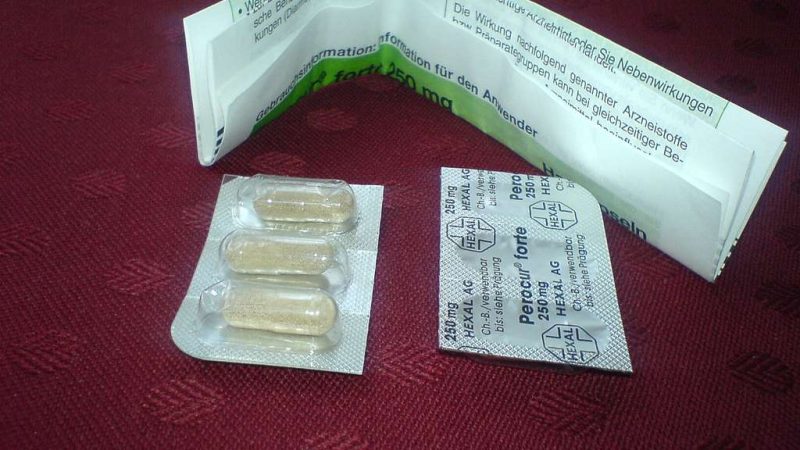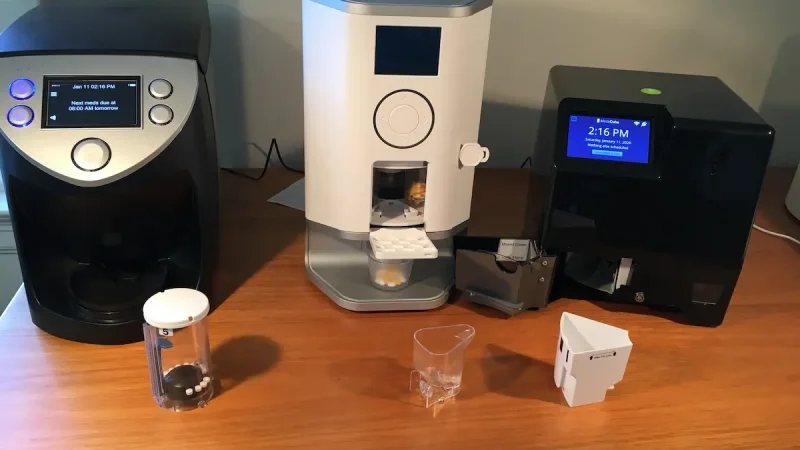Aetna Medication Precertification Form: A Complete Guide

Healthcare insurance is a complex system that often involves numerous processes and paperwork to ensure that patients receive the treatments they need while controlling costs for insurers. One critical part of the insurance process for prescription medications is the precertification (or prior authorization) process. Aetna, one of the leading healthcare providers in the United States, uses medication precertification to manage the prescriptions its members receive. This process helps ensure that medications are medically necessary, appropriate for the patient’s condition, and in line with Aetna’s coverage policies.
In this article, we will explore the Aetna medication precertification form, its purpose, the process involved, and how to navigate it effectively for a successful medication approval.
What Is Aetna Medication Precertification?
Precertification, also known as prior authorization, is the process through which a healthcare provider must obtain approval from Aetna before prescribing a certain medication or treatment. This step ensures that the prescribed medication is covered by the insurance plan and is medically appropriate for the patient’s condition.
Not all medications require precertification, but certain high-cost drugs, specialty medications, or treatments that could potentially be misused are subject to this requirement. By requiring precertification, Aetna aims to maintain cost-effective healthcare delivery while ensuring that patients receive the best possible treatment options based on clinical guidelines.
Why Is Precertification Important?
Precertification serves multiple purposes in the healthcare system, including:
- Cost Control: Some medications can be extraordinarily expensive, especially newer or specialty drugs. Precertification helps insurers control costs by making sure that expensive treatments are medically necessary and appropriate for the patient’s condition.
- Quality of Care: The precertification process allows insurance companies like Aetna to assess whether a prescribed medication or treatment aligns with evidence-based practices, ultimately ensuring that patients receive the most effective care.
- Preventing Misuse: For controlled substances or medications that can lead to misuse, the precertification process helps ensure that they are only prescribed when necessary and under appropriate circumstances.
- Avoiding Denials: For both patients and healthcare providers, precertification is important because it helps prevent denials of coverage for medications. By getting approval before prescribing, both parties can avoid financial and logistical complications.
How Does the Aetna Medication Precertification Process Work?
The Aetna medication precertification process involves several key steps:
1. Prescription and Identification of Medications
When a healthcare provider writes a prescription, they must determine whether the medication requires prior authorization. This can depend on the drug’s class, cost, and whether it is part of Aetna’s formulary (the list of covered drugs).
Aetna provides a drug list or formulary, which healthcare providers and members can consult to determine whether a medication requires precertification. If the prescribed drug is listed as requiring prior authorization, the provider must initiate the precertification process.
2. Filling Out the Precertification Form
Once a medication requiring prior authorization is identified, the next step is filling out the Aetna medication precertification form. This form typically asks for:
- Patient Information: This includes details such as the patient’s name, date of birth, and Aetna insurance policy number.
- Medication Details: The form requests specific information about the prescribed drug, including the name, dosage, frequency, and the medical reason for the prescription.
- Clinical Information: The provider must provide supporting clinical information, including diagnosis, medical history, previous treatments, and any other relevant information that justifies the need for the medication.
- Supporting Documentation: In some cases, the provider must attach medical records, lab results, or other documentation that substantiates the medical necessity of the medication.
The form must be completed thoroughly and accurately to ensure the approval process goes smoothly.
3. Submission of the Precertification Form
After the form is completed, the healthcare provider submits it to Aetna for review. This can typically be done via:
- Online Submission: Many insurers, including Aetna, offer online portals where providers can quickly submit the form and track its status.
- Fax or Mail: In some cases, providers may choose to fax or mail the completed form to Aetna.
The submission should be made as soon as possible to prevent delays in treatment. Depending on the medication and circumstances, this process can take anywhere from a few days to a couple of weeks.
4. Review by Aetna’s Medical Team
Once the precertification form is submitted, Aetna’s medical team reviews the request. They assess the clinical information provided by the healthcare provider, including whether the medication is appropriate for the patient’s condition and aligns with Aetna’s clinical guidelines.
Aetna may approve or deny the request based on the information provided. If the medication is deemed medically necessary, the request is typically approved. However, if the medical team believes the medication is not appropriate or doesn’t meet the guidelines, they may deny the request.
5. Notification of the Decision
After reviewing the request, Aetna will notify the healthcare provider (and the patient) of its decision. The notification will outline whether the precertification was approved or denied.
- Approved Requests: If the medication is approved, the patient can proceed with filling the prescription. The approval is typically valid for a set period, and the patient may need to undergo another precertification process for continued use beyond that period.
- Denied Requests: If the medication is denied, the healthcare provider and patient can appeal the decision by providing additional information or requesting a peer review. The denial notification will include reasons for the denial and instructions on how to proceed with an appeal.
6. Appeals Process
If a request for medication precertification is denied, Aetna provides an appeals process. This involves submitting additional clinical evidence or justification for why the medication is medically necessary. In some cases, an external review by a third-party reviewer may be requested to reassess the decision.
The appeal process is critical for ensuring that patients have access to the medications they need, even if the initial request is denied.
Common Medications That Require Precertification
Certain types of medications are more likely to require precertification. These include:
- Specialty Drugs: Medications used to treat complex or rare conditions, such as cancer treatments or biologics, often require prior authorization due to their high cost and complexity.
- Brand-Name Drugs: Drugs that have no generic equivalent may require prior authorization, especially if a generic version is available.
- High-Cost Medications: Drugs that are significantly more expensive than alternatives often undergo additional scrutiny.
- Controlled Substances: Medications that are classified as controlled substances, such as opioids or certain anti-anxiety medications, typically require prior authorization.
Aetna provides a list of drugs that require precertification, and healthcare providers can use this list to guide their prescribing decisions.
How to Navigate the Aetna Precertification Form Effectively
For healthcare providers and patients, navigating the precertification process smoothly can help avoid unnecessary delays in treatment. Here are some tips to ensure a successful outcome:
- Know the Form Requirements: Review the precertification form carefully before filling it out to ensure you provide all the required information. Missing or incomplete information can result in delays or denials.
- Provide Complete Clinical Information: When submitting a request, make sure that all relevant clinical information is included. This includes patient history, diagnosis, and any supporting documentation that justifies the medication’s use.
- Consult the Formulary: Always check Aetna’s formulary to see if a medication requires precertification. If you’re unsure, it’s better to double-check before submitting the request.
- Be Proactive: Submit the precertification request as early as possible to ensure that there is time to address any issues or delays before the medication is needed.
- Appeal Denied Requests: If a request is denied, review the reasons for the denial and consider appealing the decision. You may need to provide additional medical records or try a different medication that doesn’t require prior authorization.
Conclusion
The Aetna medication precertification form is a key element of the prior authorization process, designed to ensure that medications prescribed to patients are medically necessary and aligned with Aetna’s guidelines. While the process can sometimes be time-consuming and require a significant amount of documentation, it ultimately helps both the insurer and the patient by ensuring access to appropriate treatments and controlling costs. By understanding the process, utilizing resources like Aetna’s formulary, and providing accurate and complete information, patients and healthcare providers can navigate the precertification process successfully and avoid unnecessary delays





